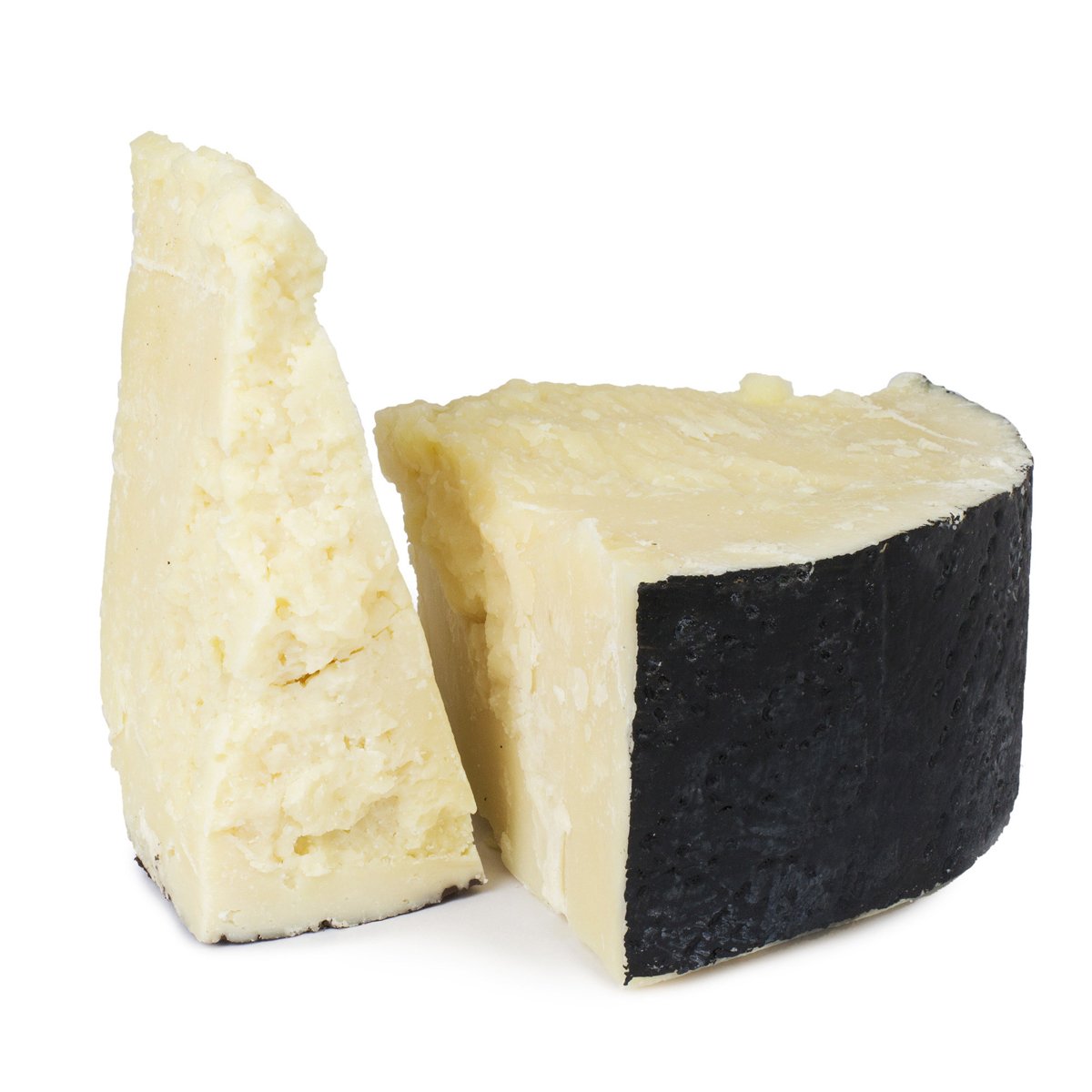

Articles
How To Store Pecorino Romano
Modified: May 6, 2024
Discover the best storage methods for Pecorino Romano cheese. Read our informative articles for expert tips and keep your cheese fresh and flavorful.
(Many of the links in this article redirect to a specific reviewed product. Your purchase of these products through affiliate links helps to generate commission for Storables.com, at no extra cost. Learn more)
Introduction
Welcome to this comprehensive guide on how to store Pecorino Romano cheese. Whether you’re a cheese enthusiast or just recently discovered this delicious Italian cheese, knowing how to properly store it is essential to maintain its quality and flavor.
Pecorino Romano is a hard, aged cheese made from sheep’s milk. It has a distinctively sharp and savory flavor that adds a delightful kick to various dishes. However, improper storage can cause the cheese to dry out, become moldy, or lose its distinct flavor. To avoid these issues and ensure that your Pecorino Romano stays fresh and delicious, it’s important to follow the proper storage methods.
In the sections below, we will cover everything you need to know about storing Pecorino Romano, including the different storage methods, wrapping techniques, and some frequently asked questions. So let’s dive in and discover the best ways to preserve the taste and texture of this delectable cheese.
Key Takeaways:
- Properly storing Pecorino Romano is crucial for preserving its flavor and texture. Whether in the fridge, a cheese dome, or aging cave, follow specific methods to maintain its deliciousness.
- When storing Pecorino Romano, consider its age, quality, and whether it’s opened or unopened. Proper wrapping, monitoring, and choosing the right storage method are key to enjoying this Italian cheese.
Read more: How To Store Store-Bought Bread
Before Storing Pecorino Romano
Before storing Pecorino Romano cheese, there are a few important factors to consider to ensure that it remains fresh and maintains its quality:
- Age of the Cheese: Pecorino Romano is typically aged for at least eight months, but some varieties can be aged for up to two years. The age of the cheese affects its texture and flavor. If you prefer a milder flavor, choose a younger cheese. For a stronger and more intense flavor, opt for an older one.
- Quality: Always choose high-quality Pecorino Romano from a reputable source. Look for cheese that has a firm texture, free of any noticeable cracks or mold. This ensures that you’re starting with a cheese that is in its best condition.
- Unopened or Opened: If you have purchased an unopened wheel of Pecorino Romano, it will have a longer shelf life. However, once you open the cheese, it’s important to take extra care in storing it properly to maintain its freshness.
By taking these factors into consideration, you can ensure that you’re starting with the best quality Pecorino Romano and set yourself up for successful storage.
Choosing the Right Storage Method
When it comes to storing Pecorino Romano cheese, there are several options to choose from. The ideal storage method depends on how long you intend to store the cheese and the available resources you have. Here are a few options to consider:
- Refrigerator: For short-term storage (up to a few weeks), the refrigerator is a suitable option. It helps keep the cheese at a stable temperature and prevents it from spoiling too quickly. Make sure to wrap the cheese properly before placing it in the refrigerator to prevent it from drying out.
- Cheese Dome: If you’re planning to consume the Pecorino Romano within a week or so, storing it in a cheese dome can be a good choice. The cheese dome provides a slightly humid environment that helps to preserve the cheese’s moisture and flavor. It also allows the cheese to breathe, preventing it from becoming overly dry.
- Cheese Aging Cave: If you’re fortunate enough to have access to a cheese aging cave, it can be an excellent storage option for long-term storage. Cheese caves provide the ideal conditions for aging and preserving cheese, including consistent temperature and humidity levels. However, this storage method may not be feasible for most individuals.
Each storage method has its advantages and limitations, so choose the one that aligns with your specific needs and resources.
Storing Pecorino Romano in the Fridge
If you plan to store Pecorino Romano cheese in the fridge, there are a few key steps to follow to ensure its freshness:
- Wrap it properly: Before placing your Pecorino Romano in the fridge, make sure to wrap it tightly to prevent moisture loss. Use wax paper or parchment paper to wrap the cheese, then place it in a plastic wrap or a resealable plastic bag. This will help maintain the cheese’s moisture and prevent it from picking up any odors from other foods in the fridge.
- Choose the right spot: Store the wrapped Pecorino Romano cheese in the vegetable or cheese drawer of your fridge. These areas usually offer a slightly higher humidity level, which helps prevent the cheese from drying out too quickly.
- Monitor temperature: Ensure that your fridge is set at the proper temperature for storing cheese, typically around 35°F to 45°F (1.5°C to 7°C). Keep in mind that temperatures that are too cold may cause the cheese to become overly dry, while temperatures that are too warm can result in the growth of mold or spoilage.
- Check regularly: Periodically check on the Pecorino Romano in the fridge to ensure it’s not developing any mold or becoming excessively dry. If you notice any mold, trim the affected part before consuming the cheese.
- Use within a reasonable timeframe: While properly stored Pecorino Romano can last for several weeks in the fridge, it’s best to consume it within a month for optimal taste and texture.
By following these steps, you can keep your Pecorino Romano fresh and ready for enjoyment whenever you desire.
Storing Pecorino Romano in a Cheese Dome
If you have a cheese dome or a similar type of container designed for storing cheese, it can provide an excellent environment for storing Pecorino Romano. Here’s how to store Pecorino Romano in a cheese dome:
- Prepare the cheese dome: Ensure that the cheese dome is clean and dry before placing the Pecorino Romano inside. This will help prevent any moisture or bacteria buildup that could affect the quality of the cheese.
- Wrap the cheese: Before putting the Pecorino Romano in the cheese dome, wrap it with wax paper or parchment paper to retain its moisture. This additional layer of protection will help prevent the cheese from drying out too quickly.
- Place the cheese in the dome: Gently place the wrapped Pecorino Romano inside the cheese dome, making sure it fits comfortably without being squeezed or touching the sides of the dome.
- Store in a cool place: Find a cool spot in your kitchen or pantry to place the cheese dome. Ideally, the temperature should remain between 50°F to 60°F (10°C to 15.5°C) to ensure proper storage.
- Monitor and rotate: Check on the Pecorino Romano periodically to make sure there are no signs of mold or excessive dryness. If you notice any mold, gently remove it with a clean cloth or paper towel. Additionally, rotate the cheese every few days to ensure even air circulation and prevent moisture buildup on one side.
- Consume within a week: Pecorino Romano stored in a cheese dome is best consumed within a week to maintain its flavor and texture.
Storing Pecorino Romano in a cheese dome provides a slightly humid environment that helps preserve its moisture and flavor. Remember to keep an eye on the cheese and handle it with care to enjoy it at its best.
Store Pecorino Romano in the refrigerator in an airtight container to prevent it from absorbing other odors. It can also be wrapped in wax paper and then placed in a resealable plastic bag to maintain freshness.
Read more: How To Store Basil From Grocery Store
Properly Wrapping Pecorino Romano for Storage
Properly wrapping Pecorino Romano cheese is crucial for maintaining its freshness and preventing it from drying out. Here are some tips on how to wrap Pecorino Romano for storage:
- Choose the right material: Opt for wax paper or parchment paper for wrapping Pecorino Romano. These materials allow the cheese to breathe while providing a protective barrier against moisture loss.
- Wrap it loosely: Start by wrapping the cheese loosely with a layer of wax paper or parchment paper. This allows for proper airflow and prevents the cheese from feeling suffocated or compressed.
- Secure with plastic wrap: After wrapping the Pecorino Romano with the initial layer of paper, cover it with a layer of plastic wrap or place it in a resealable plastic bag. This extra layer helps seal in moisture and prevents the cheese from absorbing any odors from the fridge.
- Avoid aluminum foil: While aluminum foil may seem like a convenient option, it can cause the cheese to retain excess moisture and affect its flavor. Therefore, it’s best to stick with wax paper, parchment paper, and plastic wrap for wrapping Pecorino Romano.
- Write the date: To keep track of the cheese’s freshness, write the date of storage on the plastic wrap or resealable bag. This will help you remember how long the Pecorino Romano has been stored and when it should be consumed.
- Store in the most suitable place: Once properly wrapped, store the Pecorino Romano in the fridge, cheese drawer, or a cool location with stable temperature and humidity levels. This will ensure that the cheese stays fresh and retains its flavor.
By following these wrapping techniques, you can protect the Pecorino Romano cheese from moisture loss and maintain its delicious taste for a longer period.
Storing Pecorino Romano in a Cheese Aging Cave
If you have access to a cheese aging cave or a similar specialized environment, storing Pecorino Romano in such a facility can result in optimal flavor development. Here’s how to store Pecorino Romano in a cheese aging cave:
- Prepare the cave: Ensure that the cheese aging cave is clean, well-ventilated, and at the appropriate temperature and humidity. The ideal conditions for Pecorino Romano are a temperature range of 50°F to 57°F (10°C to 14°C) and a humidity level around 80-85%. Monitor and adjust these conditions as necessary.
- Place the cheese on a cheese board: Prior to storing, place the Pecorino Romano on a clean cheese board or cheese mat. This allows air to circulate around the cheese and helps prevent excessive moisture buildup.
- Avoid contact with other cheeses: If storing multiple types of cheese in the aging cave, be careful to prevent physical contact between them. This helps prevent cross-contamination and allows each cheese to develop its unique flavor profiles.
- Flip and brush the cheese: Regularly flip the Pecorino Romano and gently brush off any mold or excess moisture using a clean brush. This helps maintain the quality and appearance of the cheese.
- Monitor for maturity: Pecorino Romano requires a significant aging period, usually ranging from eight months to two years. During this time, regularly check the cheese for firmness, flavor development, and desired level of maturity.
- Once mature, transfer to the refrigerator: Once the Pecorino Romano has reached its desired maturity, transfer it to the refrigerator for short-term storage. Wrap it tightly in wax paper or parchment paper and then place it in an airtight container to prevent any moisture loss.
Storing Pecorino Romano in a cheese aging cave allows for controlled flavor development, resulting in a rich and distinct taste. However, it’s important to regularly monitor and maintain the conditions of the aging cave to ensure optimal results.
Frequently Asked Questions (FAQs)
Q: How long does Pecorino Romano cheese last?
A: Properly stored, Pecorino Romano cheese can last for several weeks in the refrigerator. However, it’s best to consume it within a month for optimal taste and texture.
Q: Can you freeze Pecorino Romano cheese?
A: Freezing Pecorino Romano cheese is not recommended. Freezing can alter the texture and affect the flavor of the cheese. It can become crumbly and lose some of its taste. It’s best to consume Pecorino Romano fresh or store it using the proper methods discussed in this article.
Q: Can I eat the rind of Pecorino Romano cheese?
A: The rind of Pecorino Romano cheese is edible, but it can have a strong and salty flavor. Whether you choose to eat it or remove it before consuming the cheese is purely a matter of personal preference.
Q: How can I tell if Pecorino Romano cheese has gone bad?
A: If Pecorino Romano cheese develops a strong or unpleasant odor, shows visible signs of mold or discoloration, or has a slimy texture, it is best to discard it. Trust your senses, and if in doubt, it’s better to err on the side of caution and not consume the cheese.
Q: Can I store Pecorino Romano cheese at room temperature?
A: Storing Pecorino Romano cheese at room temperature is not recommended, as it can lead to the growth of mold and spoilage. It’s best to store it in the refrigerator or another suitable environment, such as a cheese dome or cheese aging cave.
Q: Can I use Pecorino Romano cheese that has mold on it?
A: If there is isolated mold on the Pecorino Romano cheese, you can cut off the affected area, including a generous margin around it, and safely consume the rest of the cheese. However, if there is extensive mold or it has an unpleasant odor, it’s best to discard the cheese to avoid any potential health risks.
Q: Can I store Pecorino Romano cheese with other types of cheese?
A: It is generally recommended to store Pecorino Romano cheese separately from other types of cheese. This helps prevent cross-contamination and ensures that each cheese maintains its unique flavor characteristics.
Remember that proper storage and handling play a vital role in preserving the quality and flavor of Pecorino Romano cheese. When in doubt, it’s always best to consult a cheese professional or follow the guidelines provided by the cheese manufacturer.
Conclusion
Properly storing Pecorino Romano cheese is essential to maintain its quality, flavor, and texture. Whether you choose to store it in the refrigerator, a cheese dome, or a cheese aging cave, following the correct storage methods ensures that the cheese stays fresh and delicious for as long as possible.
Before storing Pecorino Romano, consider its age, quality, and whether it is an unopened or opened wheel. These factors can influence the storage duration and ultimate flavor of the cheese.
When using the refrigerator as a storage option, remember to wrap the Pecorino Romano tightly in wax paper or parchment paper and place it in a plastic wrap or a resealable bag. This helps maintain the cheese’s moisture and prevents it from absorbing odors. Additionally, monitor the temperature and regularly check the cheese for any signs of mold or excessive dryness.
For those fortunate enough to have a cheese dome or access to a cheese aging cave, these options provide ideal conditions for storing Pecorino Romano. The cheese dome creates a slightly humid environment, retaining the cheese’s moisture and flavor. In a cheese aging cave, keep the cheese on a cheese board, monitor the temperature and humidity levels, and flip and brush the cheese regularly.
Remember the importance of properly wrapping Pecorino Romano for storage. Choose materials like wax paper and parchment paper, wrap the cheese loosely, and secure it with plastic wrap. Avoid using aluminum foil as it can affect the flavor and texture of the cheese.
By following these guidelines and addressing frequently asked questions, you can confidently store Pecorino Romano cheese and enjoy its exceptional flavor for an extended period of time.
So go ahead, savor the distinct taste of Pecorino Romano by storing it correctly, and elevate your culinary creations with this delicious Italian cheese!
Curious about how long cheese can endure when left in the freezer? Our next guide dives into the essentials of cheese preservation, providing you with all the necessary insights to ensure your dairy delights remain delicious over time. Whether you're looking to save that extra bit of Pecorino Romano or experimenting with other varieties, understanding the right freezing techniques could be a game changer for your kitchen practices. Don't miss out on mastering these crucial skills.
Frequently Asked Questions about How To Store Pecorino Romano
Was this page helpful?
At Storables.com, we guarantee accurate and reliable information. Our content, validated by Expert Board Contributors, is crafted following stringent Editorial Policies. We're committed to providing you with well-researched, expert-backed insights for all your informational needs.
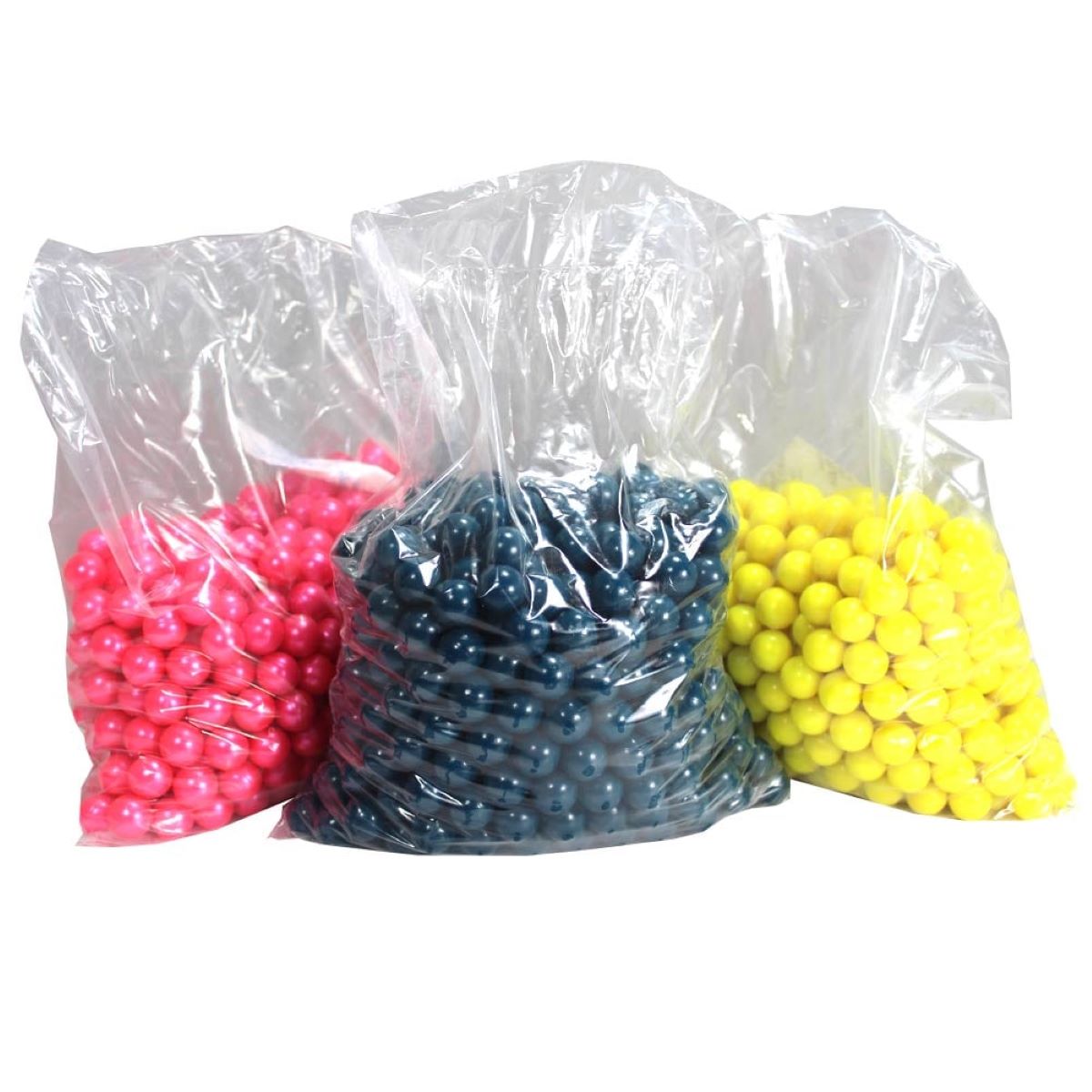
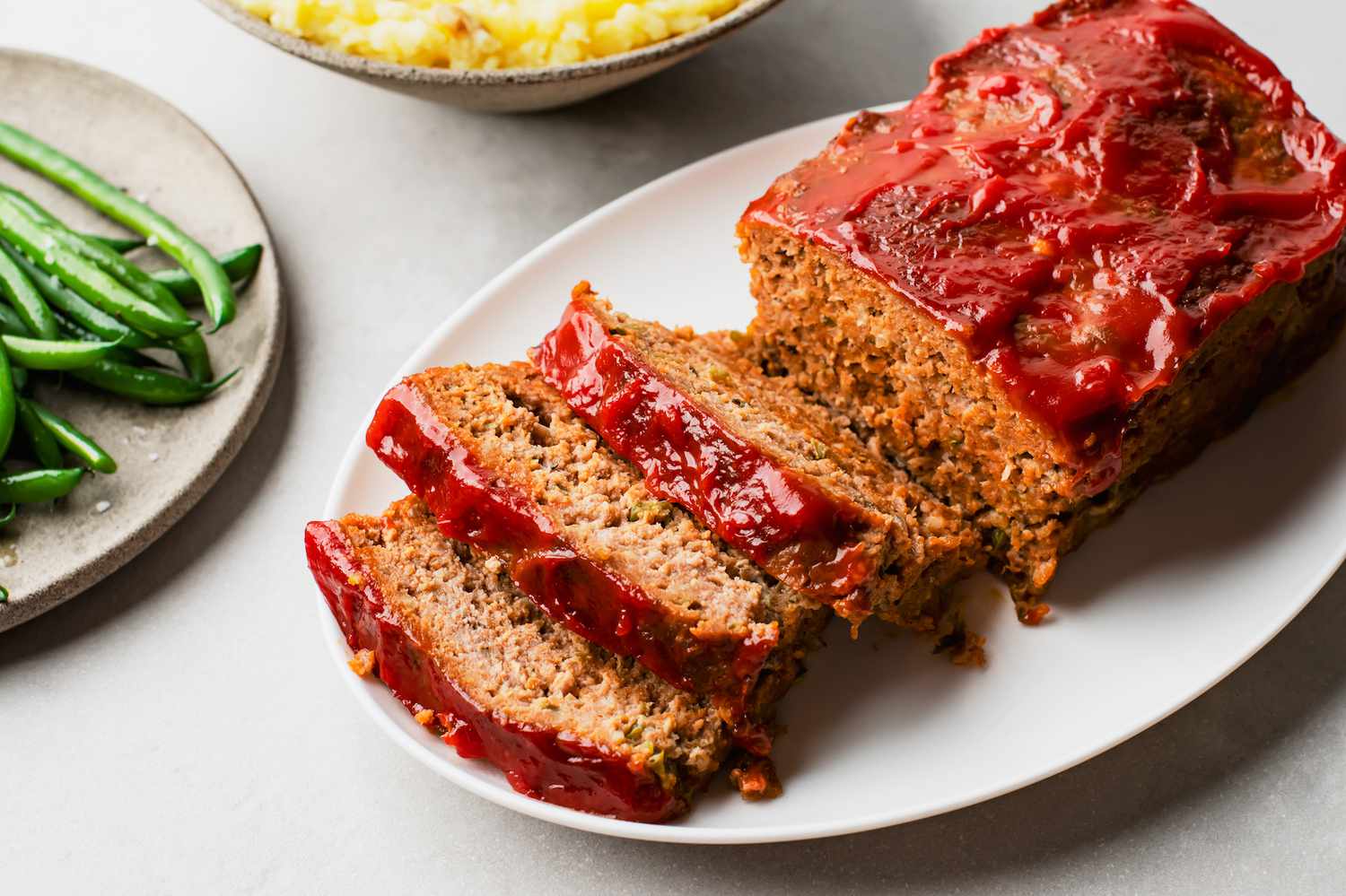
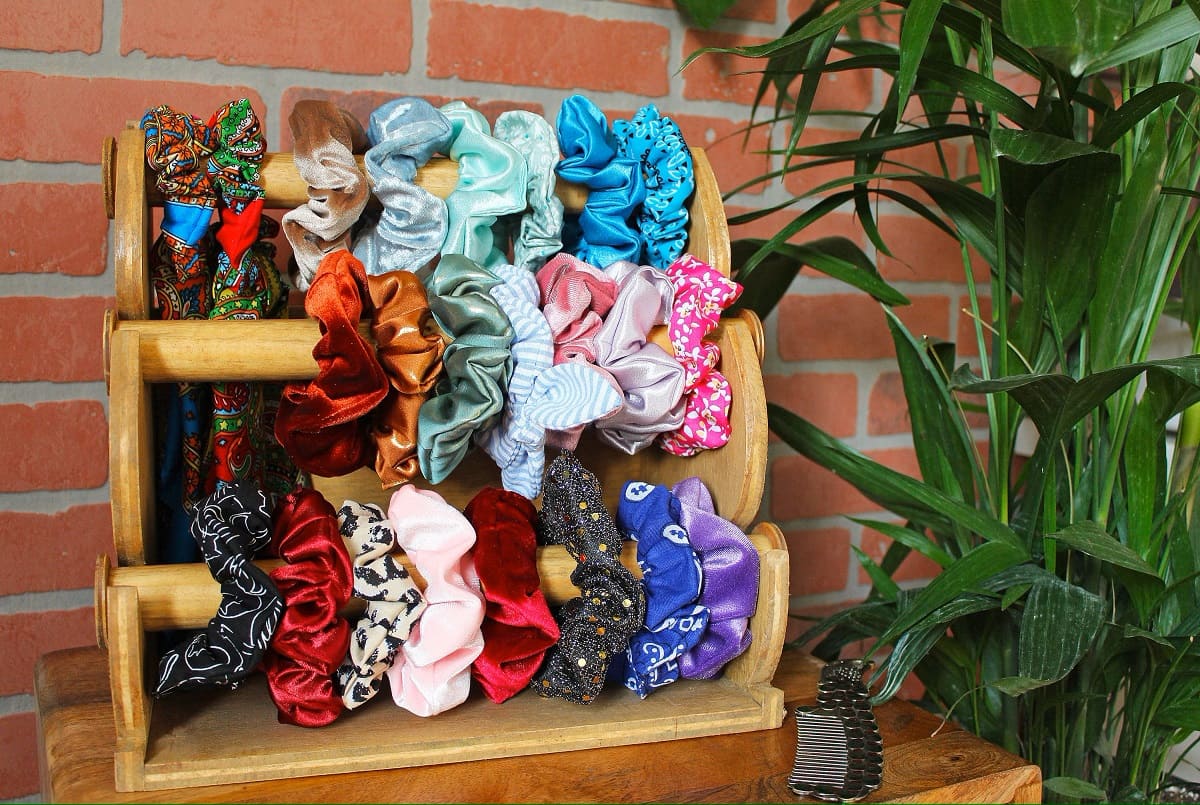

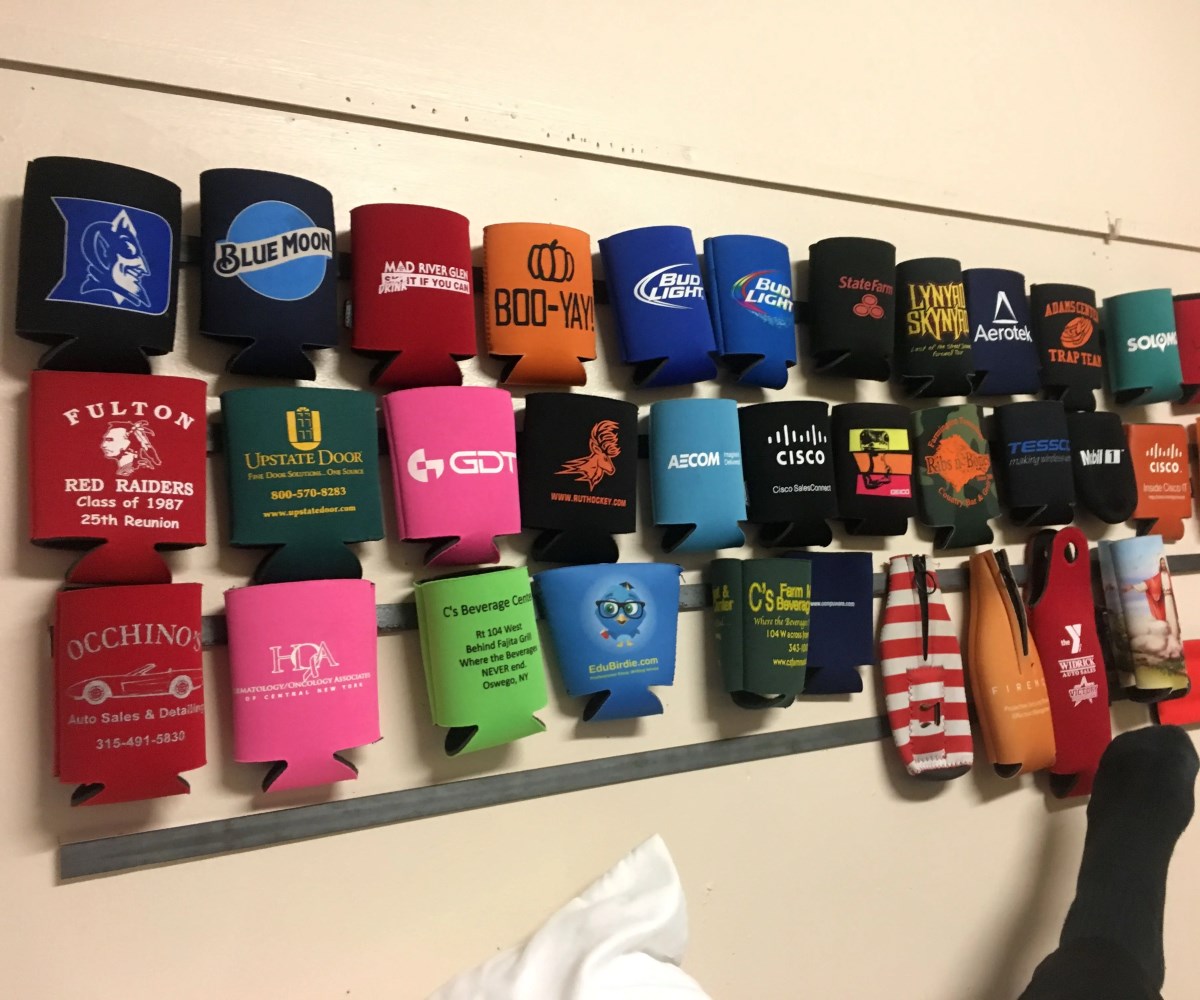


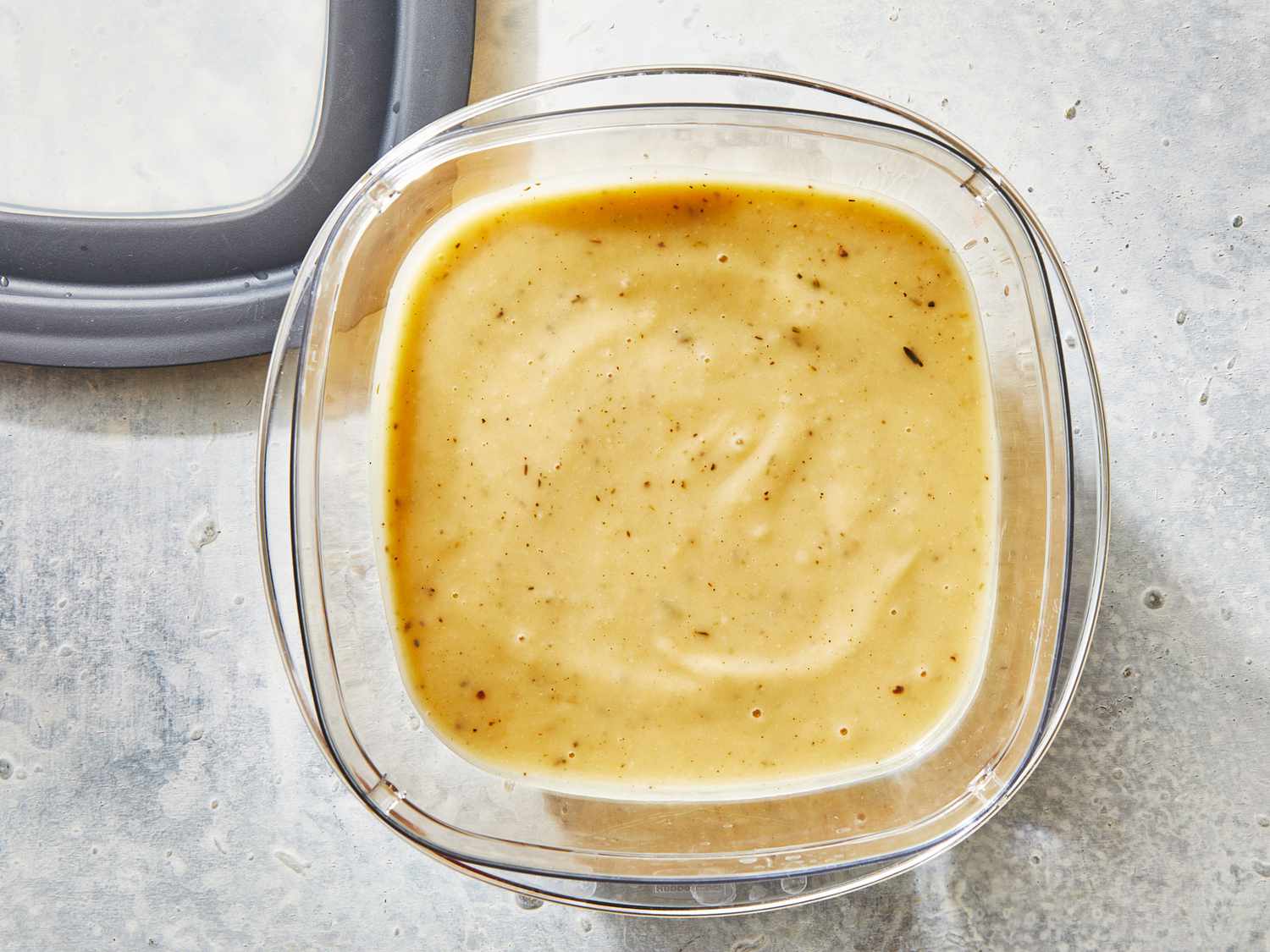
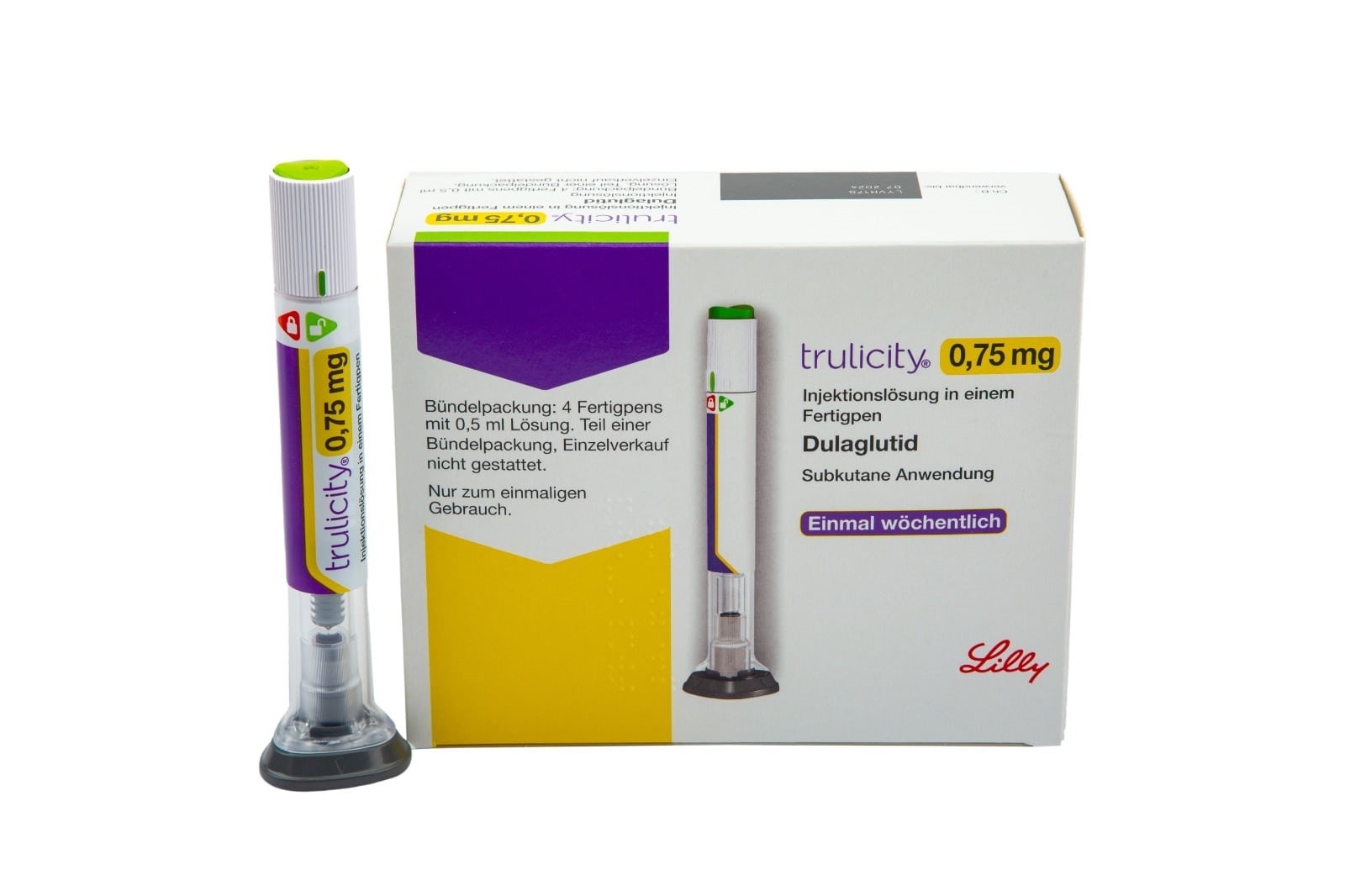

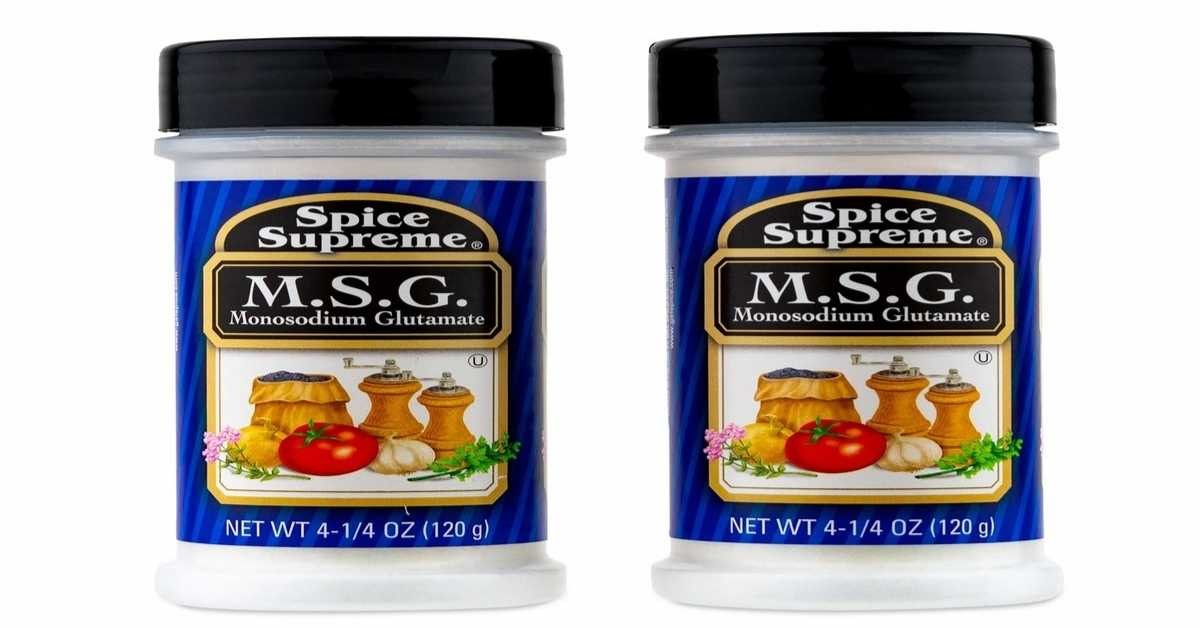
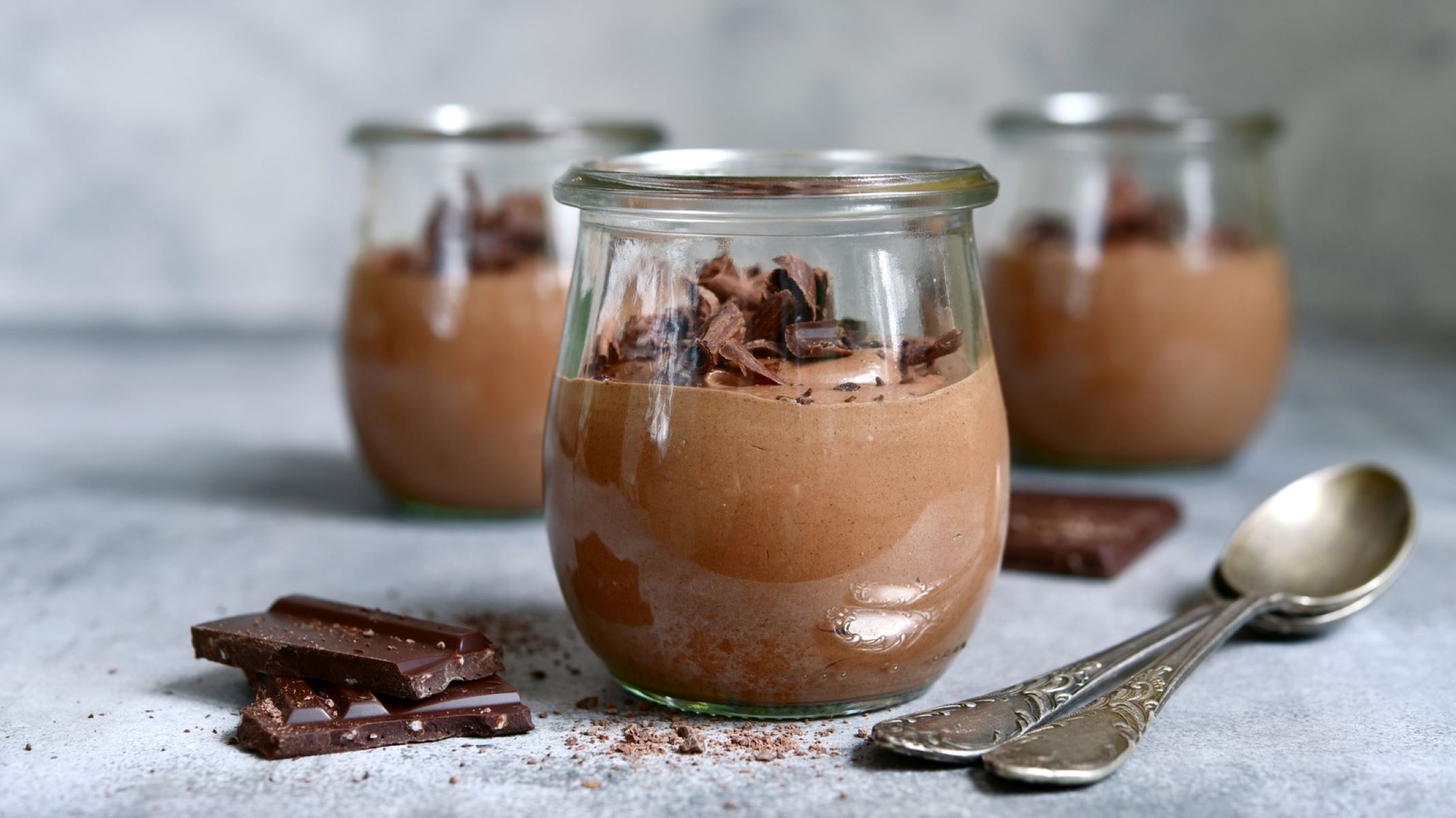
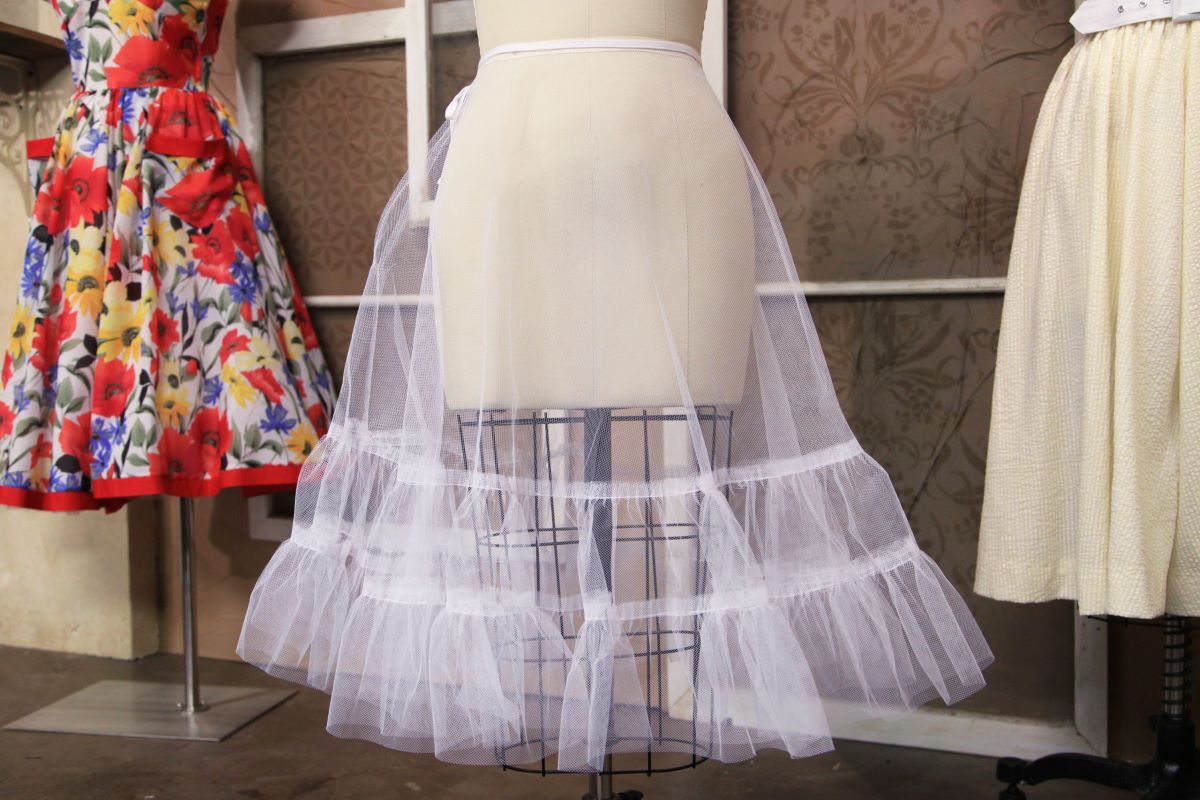


0 thoughts on “How To Store Pecorino Romano”